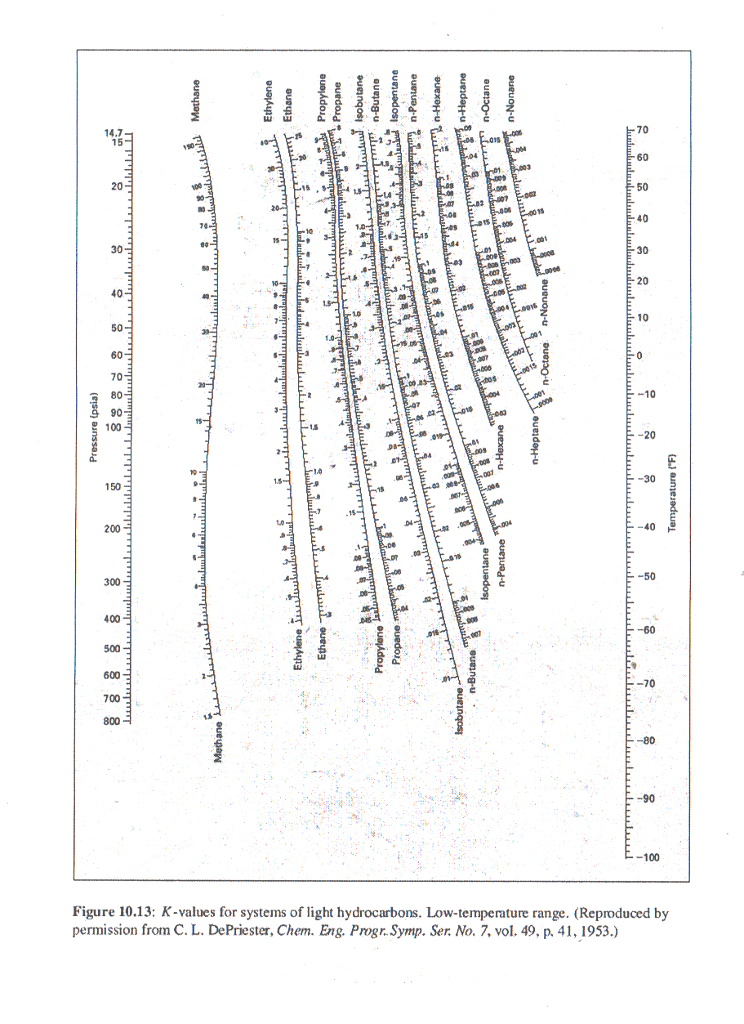
Documented sources of information are given in the bibliography. Fortunately, the number of such incidents is relatively small, which emphasizes even more pointedly the unfortunate fact that documentation ranges from thorough to very limited. Themore » purpose of this investigative search was to establish some conditional pattern for these four incidents to which their violent consequences could be attributed. Each has involved: (1) condensed phase uranium hexafluoride, (2) a moderately elevated temperature, (3) a sufficient quantity of uranium hexafluoride for a significant partial pressure to be maintained independently above that which can be consumed by chemical reaction, and (4) an organic liquid (probably hydrocarbon oil) accidentally present in the container as a contaminant.

These four incidents exhibit a certain degree of commonality. Revision 1Įxamination of uranium hexafluoride release incidents occurring over the past three decades of ORGDP experience has identified only four which apparently involved an explosion of a container resulting from reaction between uranium hexafluoride and an impurity. Pattern of explosive reaction between uranium hexafluoride and hydrocarbon oils. The uranium hexafluoride is volatilized at room temperature away from the solid plutonium tetrafluoride.

PROCESS OF TREATING URANIUM HEXAFLUORIDE AND PLUTONIUM HEXAFLUORIDE MIXTURES WITH SULFUR TETRAFLUORIDE TO SEPARATE SAMEĪ process was developed for separating uranium hexafluoride from plutonium hexafluoride by the selective reduction of the plutonium hexafluoride to the tetrafluoride with sulfur tetrafluoride at 50 to 120 deg C, cooling the mixture to -60 to -100 deg C, and volatilizing nonreacted sulfur tetrafluoride and sulfur hexafluoride formed at that temperature.


 0 kommentar(er)
0 kommentar(er)
